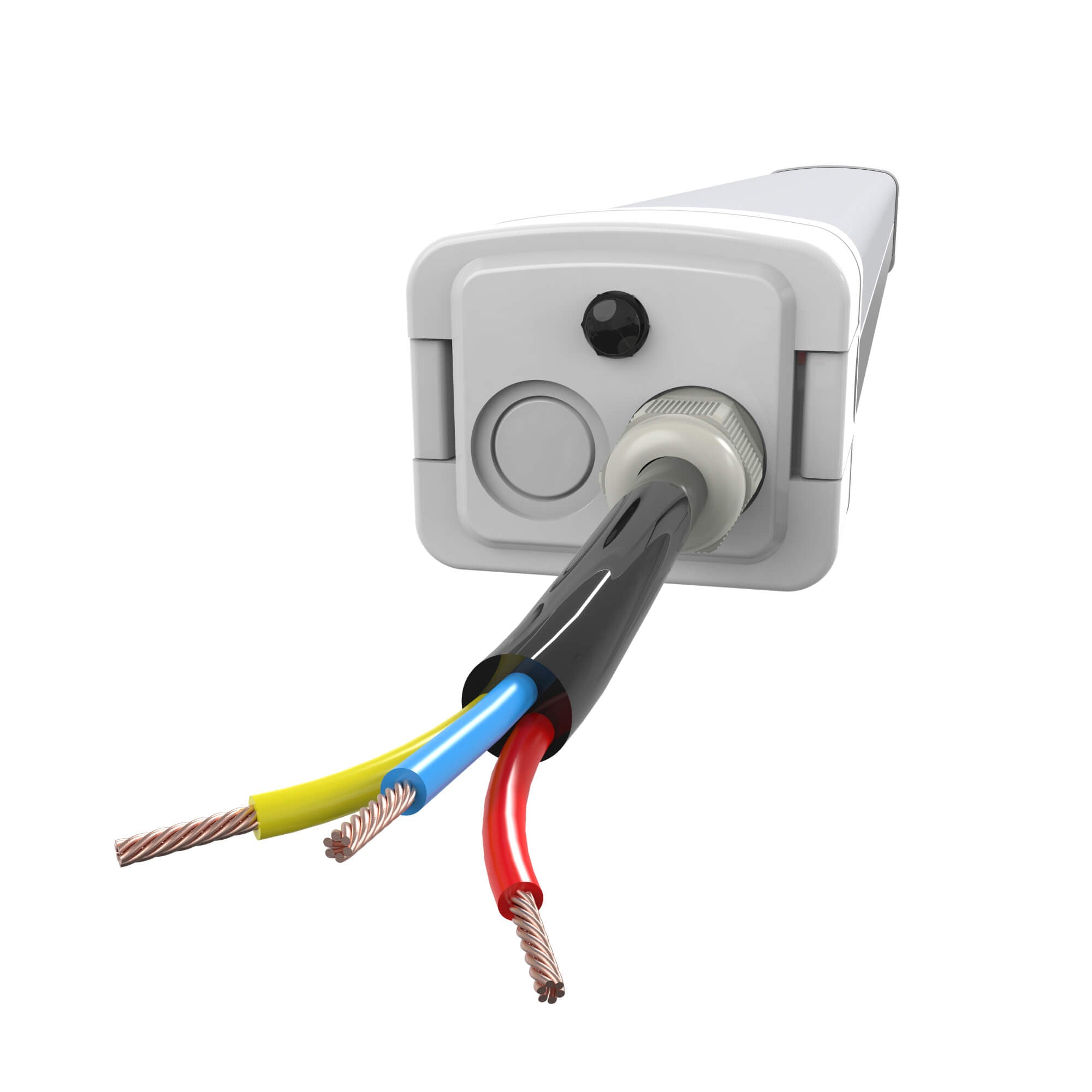Illuminate Your Workspace: Discover the Ultimate LED Lights That Never Dim!
In the bustling world of industrial settings, proper lighting is not just a convenience; it is a necessity. The right illumination can enhance productivity, ensure safety, and improve the overall working environment. As industries evolve, the demand for durable lighting solutions has surged, with LED lights emerging as the preferred choice. Unlike traditional lighting options, which often fall short in terms of longevity and efficiency, LED technology offers a myriad of benefits. This article will delve into the world of durable LED lights, exploring their advantages, durability factors, applications in various industrial settings, and guidance on selecting the ideal lighting solutions for your workspace.

Understanding LED Technology
LED, or Light Emitting Diode, technology represents a significant advancement in lighting solutions. Unlike incandescent bulbs that produce light by heating a filament, LEDs generate light through a process called electroluminescence. This method not only makes LEDs more energy-efficient but also contributes to their impressive longevity, with many units lasting up to 25,000 hours or more. For industrial applications, where lighting must withstand continuous use and varying conditions, the low maintenance requirement of LEDs is particularly appealing. Additionally, LED lights emit less heat, which reduces cooling costs in facilities. This combination of energy efficiency and durability makes LED lights a smart choice for industrial environments, providing reliable illumination while minimizing operational expenses.
Durability Factors in Industrial LED Lights
When selecting LED lights for industrial use, durability is paramount. Several factors contribute to the robustness of these lighting solutions. Firstly, the materials used in the construction of LED lights are crucial. High-quality aluminum housings and polycarbonate lenses can significantly enhance resilience against impacts, corrosion, and harsh chemicals commonly found in industrial settings. Furthermore, the design and construction standards play a vital role in performance; well-engineered LED lights are often rated for extreme temperatures, vibrations, and moisture. For instance, many industrial LEDs come with an Ingress Protection (IP) rating, indicating their resistance to dust and water. These durability factors ensure that the lights not only perform effectively but also last longer, reducing the need for frequent replacements and maintenance.
Applications of Durable LED Lights in Industrial Settings
Durable LED lights are essential across a variety of industrial applications. In manufacturing plants, bright, energy-efficient lighting is needed to ensure safety and precision during operations. Proper illumination helps workers avoid accidents and increases their efficiency. Warehouses, on the other hand, require flexible lighting solutions that can adapt to changing layouts and operational needs. Here, durable LED lights can provide uniform coverage and visibility, enhancing both safety and productivity. Similarly, in construction sites, the ability to withstand harsh conditions is vital. LED lights can illuminate these areas effectively while being resistant to impacts and environmental factors. By understanding the specific lighting needs of each environment, businesses can better equip their facilities with durable LED solutions that enhance both functionality and safety.
Choosing the Right LED Lights for Your Workspace
Choosing the right LED lights for industrial use involves several key considerations. First and foremost, lumen output is crucial; this measurement indicates the brightness of the light. Depending on the tasks performed in your workspace, you may need different levels of brightness. Additionally, consider the color temperature, which affects the ambiance of the environment. A cooler color temperature may be more suitable for precision work, while warmer tones can create a more comfortable atmosphere. Another important factor is the IP rating, which indicates the light's resistance to dust and moisture. For instance, an IP65 rating suggests that the light is dust-tight and can withstand water jets, making it ideal for challenging environments. Lastly, think about installation and maintenance requirements; choosing lights that are easy to install and maintain can save time and resources in the long run.
Enhancing Your Industrial Environment with Durable LED Lights
In summary, the importance of selecting durable LED lights for industrial settings cannot be overstated. With their energy efficiency, longevity, and low maintenance requirements, LED lights offer a superior alternative to traditional lighting solutions. By understanding LED technology, the factors that contribute to durability, the various applications in industrial environments, and the key considerations for selection, you can make informed decisions that enhance your workspace. Investing in high-quality, durable lighting solutions not only improves safety and productivity but also ensures that your facility is well-equipped for the demands of modern industry. Take the time to evaluate your specific needs and make the switch to reliable LED lights that truly illuminate your workspace!






commentaires